So Close, but So Far From the Land of the Free
An eyewitness shares his account of a desperate struggle on the U.S.-Mexico border.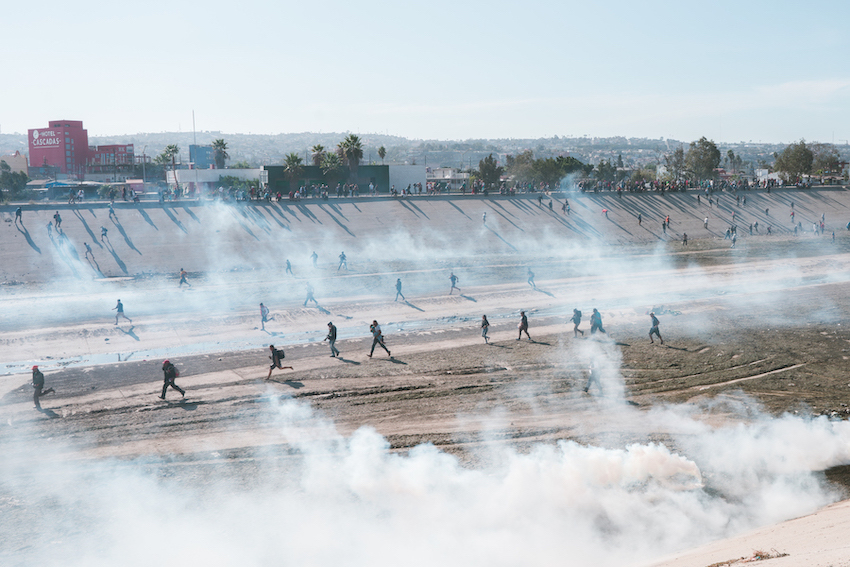 Migrants from Central America make their way through tear gas from canisters launched by U.S. Border Patrol agents as the refugees attempt to cross into the U.S. near Tijuana, Mexico. (Richard Tamayo)
Migrants from Central America make their way through tear gas from canisters launched by U.S. Border Patrol agents as the refugees attempt to cross into the U.S. near Tijuana, Mexico. (Richard Tamayo)
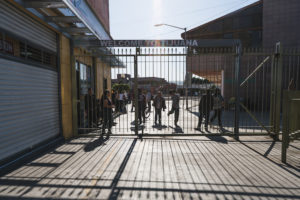 Photo Essay
Photo Essay: Scenes From the Border
Photo Essay
Photo Essay: Scenes From the Border
I was in Tijuana on a Sunday in late November, moving west on the road underneath Puente El Chaparral—the bridge that crosses the Mexican side of the Tijuana River—when a group of a hundred or so Central American migrants made a run for the U.S. port of entry. The group of mostly men, who had broken away from a larger protest, charged toward me and a group of Mexican police officers, weaving around us to avoid collision. This charge was their last Hail Mary attempt to make it to the United States after uprooting their lives and making the 2,000-mile journey from Central America.
But the breakaway protesters appeared to not know where they were going. They ran past the road that leads to the United States, into a dead end on Calle José María Larroque, a street just a block away from the border wall. There, a group of Mexican police officers cornered them. For a moment, I found myself in the middle of a standoff between a group desperate to make it to the land of the free, and police dressed in full riot gear, determined to stand in their way. I thought the police were going to arrest the men, but they were vastly outnumbered and the men escaped by running down an alley that led back to the main road.
To block their way, the police rolled in a 15-foot-high rusted door and formed a blockade in the middle of the street, sealing the road from the United States into Mexico. The migrants ran back to the canal adjacent to the border fence, rejoining the protesters they had broken away from. One of the protesters yelled, “Estan haciendo el trabajo de Trump! Odia a los Mexicanos también!”—“You’re doing Trump’s work! He hates Mexicans, too!”
The protesters started a scattered march along the outer edges of the canal, some waving Honduran flags, some American. One woman had a sign that said, “El respeto a los derechos ajenos es la paz”—“The rights of foreigners means peace.”
Despite their anger, despite their frustrations, I never once saw anyone being violent or destructive, or behaving as people did in the video the Trump administration shared during the midterm elections campaign. I felt completely safe.
Out of nowhere, tear gas started wafting into Tijuana. My eyes began to water, and an uncontrollable cough racked me. As soon as the gas came, I heard someone yell, “No tiren piedras!”—“Don’t throw any rocks.” I never saw anyone throwing rocks, but I figured that someone at some point must have provoked the Border Patrol. If it happened, it definitely wasn’t something more than a few people were doing. Who knows what their motivation was?
I only caught a small whiff of tear gas. I can’t imagine what it must have felt like for the men, women and children who were swallowed by the monstrous clouds down in the canal as they ran as fast as they could.
As this was happening, I heard someone say in Spanish that the Border Patrol agents were pointing their guns at us. I panicked. All I could think of was President Trump saying he considered a rock to be a rifle. I started to move quickly away from the fence, before I heard someone say that the weapons pointed at us were nonlethal.
As the gas dispersed, so did the crowds. I saw a mother giving water to her two small children, and I wondered why anyone would bring their children to a protest. It dawned on me that after traveling all that way and being blocked from the U.S. port of entry by Mexican police, the only option left was to keep protesting. Maybe their voices would be heard. Maybe not. But the reality is that the woman would probably go back to the tent city at Benito Juarez stadium, where a few days later a rainstorm would flood the encampment and cover their temporary homes with mud.
I got in my car, and as I waited almost five hours in line to cross the border back into San Diego I couldn’t stop thinking about the people I saw that day. What does it take for people to uproot their lives and try to move to a country that doesn’t want them? We can argue about policy and asylum laws in the United States. We can argue whether the Border Patrol was right or wrong to gas the men, women and children who were protesting for their rights. What I think can’t be argued is that these people are not a violent mob of criminals trying to destroy America. These people are strong and resilient in their quest for a better life, and they are currently facing horrendous living conditions that deserve human empathy, regardless of where you stand.
Your support matters…Independent journalism is under threat and overshadowed by heavily funded mainstream media.
You can help level the playing field. Become a member.
Your tax-deductible contribution keeps us digging beneath the headlines to give you thought-provoking, investigative reporting and analysis that unearths what's really happening- without compromise.
Give today to support our courageous, independent journalists.

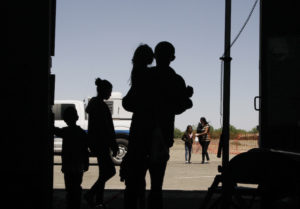

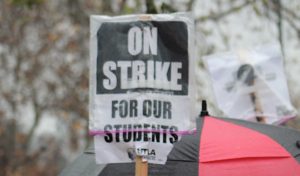
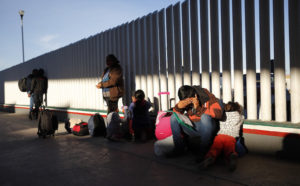
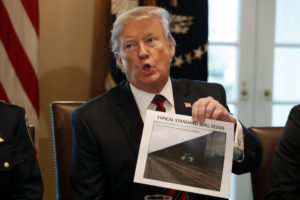
You need to be a supporter to comment.
There are currently no responses to this article.
Be the first to respond.